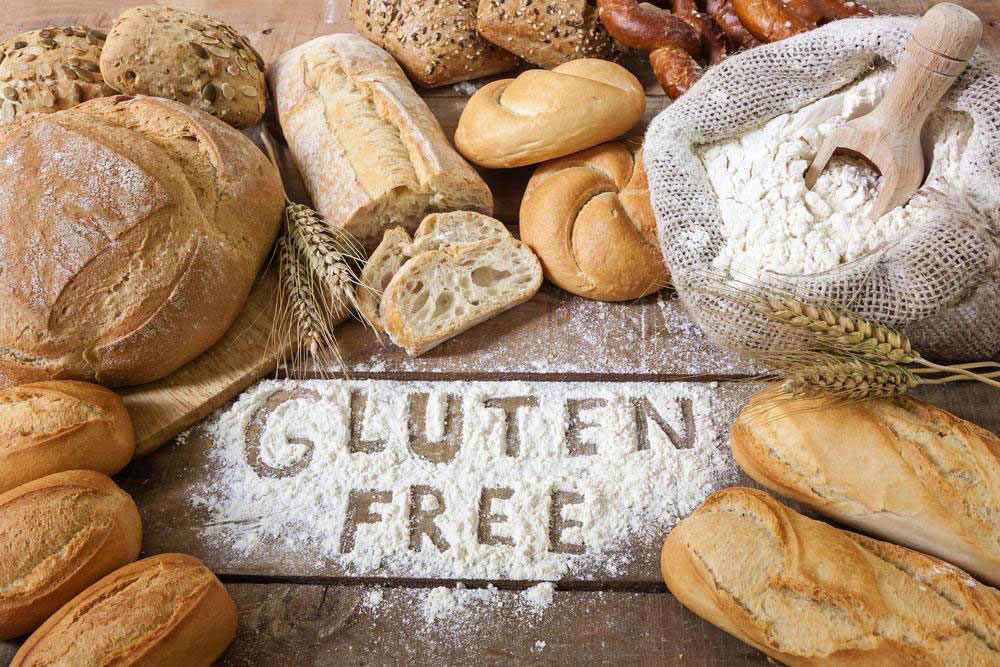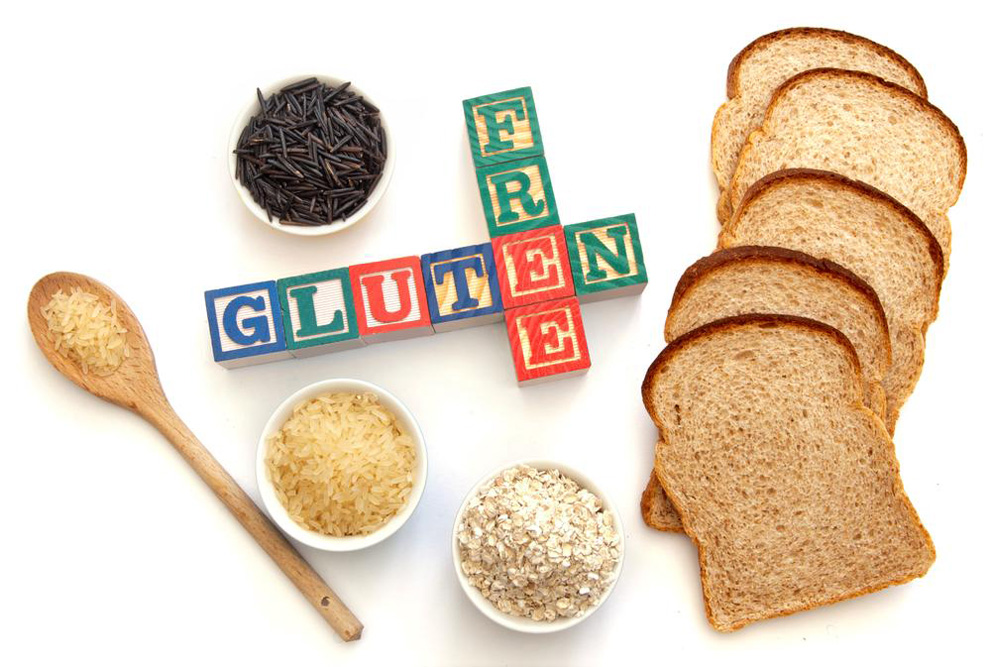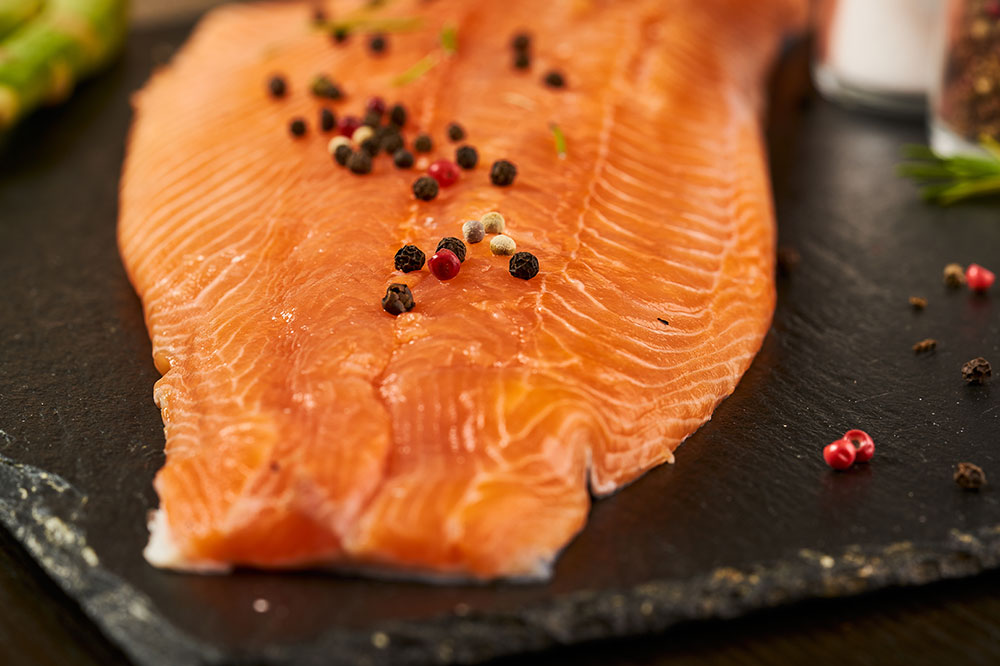Five Essential Steps for a Nutritious Gluten-Free Lifestyle
Discover five practical steps to maintain a healthy and balanced gluten-free lifestyle. From baking your own bread to diversifying your diet with nutrient-rich grains, these tips help ensure nutritional adequacy while managing gluten sensitivity or celiac disease. Learn how to incorporate calcium-rich foods and avoid common pitfalls in your gluten-free journey for better health and well-being.

Five Key Strategies for Maintaining a Healthy Gluten-Free Diet
Adopting a gluten-free diet can be challenging, especially when trying to enjoy meals as appealing as their gluten-containing equivalents. The transition becomes more difficult if you've previously indulged in gluten-rich cuisines.
Many individuals switch to gluten-free eating due to health reasons, such as celiac disease. Usually emerging between ages fifteen and twenty, celiac disease is largely genetic, although rare cases can result from prolonged consumption of gluten-heavy foods.
No matter your reasons, follow these practical steps to maintain a nutritious gluten-free diet:
Stay Informed:
Research thoroughly about gluten-free eating. Many online resources detail safe ingredients and recipes. Be cautious, as some information may be inaccurate; learn to identify credible sources to plan healthy meals.
Prepare Your Own Bread:
Baking your own bread can be simple with available bread-making gadgets. Use gluten-free flours and recipes to create safe, homemade bread instead of store-bought options, which might be contaminated despite labels.
Maintain Adequate Calcium Intake:
Since dairy products often contain gluten, they might be limited on a gluten-free diet. To prevent osteoporosis, include calcium-rich foods like canned sardines, shrimp, boneless salmon, or for vegetarians, leafy greens like collard and turnip greens.
Diversify Your Diet:
Restricting certain foods can lead to monotony or cravings. Incorporate a variety of gluten-free grains and foods to ensure you get all essential nutrients and prevent nutritional gaps.
Choose Whole Grains:
Replace wheat, rye, and barley with gluten-free grains such as buckwheat, quinoa, millet, and brown rice. These are excellent sources of antioxidants, minerals like calcium and magnesium, and essential vitamins.
Note:
Our blog offers diverse, valuable information across multiple topics. While our research aims to provide helpful insights, readers should consult professionals for personalized advice. We are not responsible for discrepancies or inaccuracies and acknowledge that some content may not include all available offers or schemes.










